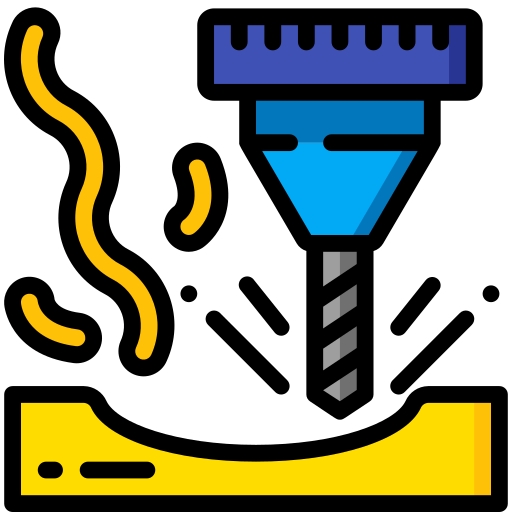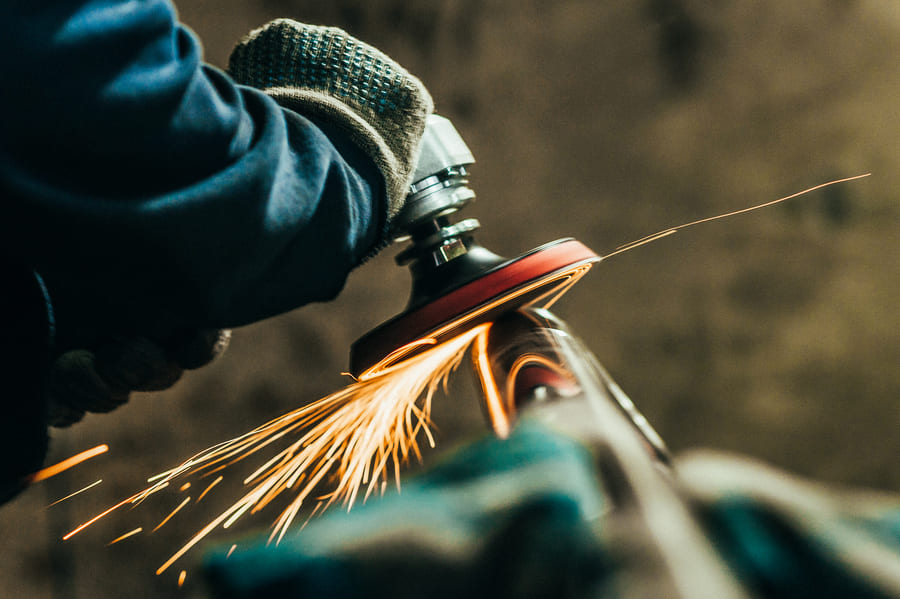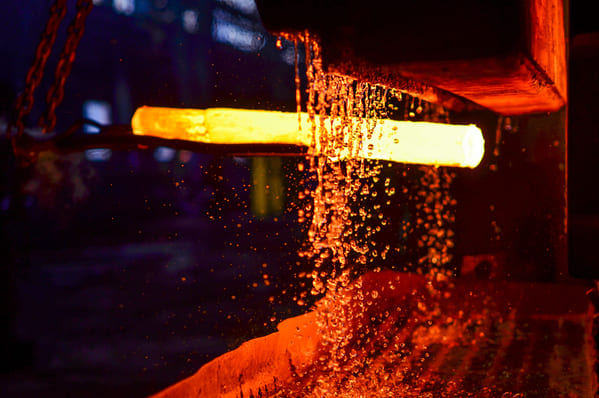CNC Machining In Stainless Steel
Compared to other steels, stainless steel has natural corrosion resistance and is easy to weld and polish, making it one of the common materials used for CNC machining.
Stainless Steel CNC Precision Parts
Stainless steel is a quite cost-effective material with broad applications.
Custom stainless steel machined parts can be found in many industries, such as the food industry and the marine industry.

CNC Milling in Stainless Steel

CNC Turning in Stainless Steel

Prototyping in Stainless Steel
Stainless Steel Grade & Properties
The presence of chromium in the chemical composition of stainless steel makes it more resistant to corrosion.
The grade of stainless steel vary according to the content of alloying elements, creating its diverse mechanical properties.
Stainless steel grades principally include the 200 & 300 series family (303, 304, 316, etc.), 400 series, and 17-4 PH, etc.
Stainless steel 2205 Duplex
- Ultimate tensile strength(MPa):640 – 950
- Yield Strength (MPa):450 – 510
- Elongation(%):20 – 25 %
- Hardness (Brinell):22-31 HRC
Stainless steel 15-5
- Ultimate tensile strength(MPa):890 – 1490
- Yield Strength (MPa):590 – 1393
- Elongation(%):10 – 16 %
- Hardness (Brinell):40 – 46 HRC
Stainless steel 17-4PH
- Ultimate tensile strength(MPa):896 – 990
- Yield Strength (MPa):827 – 914
- Elongation(%):6 – 6.97 %
- Hardness (Brinell):250 – 260 HV
Stainless steel 301
- Ultimate tensile strength(MPa):590 – 1460
- Yield Strength (MPa):230 – 1080
- Elongation(%):7.4 – 46 %
- Hardness (Brinell):190 – 440 HB
Stainless steel 303 | 1.4305
- Ultimate tensile strength(MPa):528 – 639
- Yield Strength (MPa):204 – 280
- Elongation(%):35 – 55 %
- Hardness (Brinell):81 – 96 HRB
Stainless steel 304/304L | 1.4301
- Ultimate tensile strength(MPa):480 – 620
- Yield Strength (MPa):190 – 310
- Elongation(%):45 – 60 %
- Hardness (Brinell):75-83 HRB
Stainless steel 316/316L | 1.4404
- Ultimate tensile strength(MPa):480 – 620
- Yield Strength (MPa):170 – 310
- Elongation(%):30-50 %
- Hardness (Brinell):75-83 HRB
Stainless steel 440C | 1.4125
- Ultimate tensile strength(MPa):760-1970
- Yield Strength (MPa):450-1900
- Elongation(%):2-14 %
- Hardness (Brinell):58-60 HRC
Stainless steel 410
- Ultimate tensile strength(MPa):450-510
- Yield Strength (MPa):205-290
- Elongation(%):20-34 %
- Hardness (Brinell):38-45 HRC
Stainless steel 416
- Ultimate tensile strength(MPa):741 – 1400
- Yield Strength (MPa):600 – 983
- Elongation(%):9 – 20 %
- Hardness (Brinell):20 – 40 HRC
Stainless steel 420
- Ultimate tensile strength(MPa):622 – 688
- Yield Strength (MPa):340 – 495
- Elongation(%):10 – 25 %
- Hardness (Brinell):188 – 260 HV
Stainless steel 430
- Ultimate tensile strength(MPa):450 – 586
- Yield Strength (MPa):260 – 483
- Elongation(%):20 – 25 %
- Hardness (Brinell):85 – 90 HRB
Industry Applications for Stainless Steel
Stainless steel has superior tensile strength, heat and corrosion resistance and is used in a myriad of industries ranging from consumer goods to medical and automotive.
In fact, its ability to resist corrosion is also a key characteristic that sets it apart from ordinary steel.

Commercial Goods

Medical

Construnction

Aerospace

Automotive

Food Industry
Surface Finish for Stainless Steel Parts
Polishing: The surface roughness of stainless steel can be further refined by polishing process to obtain a smoother and shiny appearance effect.
Powder Coating: In terms of stainless steel, powder coating creates an even better surface finish.
For some special chemicals, such as chlorides, powder coating can be used to enhance their ability to resist corrosion .
Bead blasting: For those stainless steel component parts with cosmetic requirements, they are bead blasted to create a smooth, uniform appearance.

Cost-saving Advice
To better reduce the manufacturing cost of stainless steel parts, it is important to choose the right precision parts manufacturer.
We have been engaged in stainless steel machining for many years, from prototyping to batch manufacturing, and with our years of experience, we have summarized a few common cost saving tips.

Material selection: There is a wide range of stainless steel grades, each with different mechanical properties and different prices due to their different alloy content and ratios. According to the needs of the actual application scenario to choose the right material or grade.
Manufacturability principle: The processing ease of stainless steel is also related to its grade as well. When the corrosion resistance requirement is not high, it is recommended to choose a free-machining stainless steel to reduce the processing difficulty and thus the processing cost. At the same time, the applicable DFM design principles should also be followed.
You need to know about stainless steel machining
The deformation easily occur in stainless steel machining due to its internal stress.
Therefore, a reasonable processing route should be used in the machining, and annealing treatment should be done if necessary.
Stainless Steel Annealing
The purpose of annealing is mainly the following.
- To reduce the hardness of stainless steel and improve its machinability when cutting.
- Relieving residual stainless steel surface stress, stabilizing the size, and reducing deformation and cracking tendencies.
- Refining the grain, adjusting the organization, and eliminating organizational defects.

